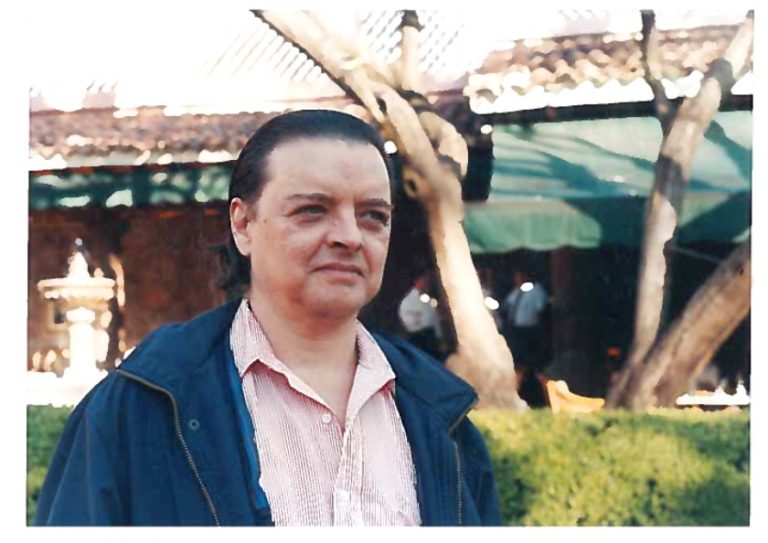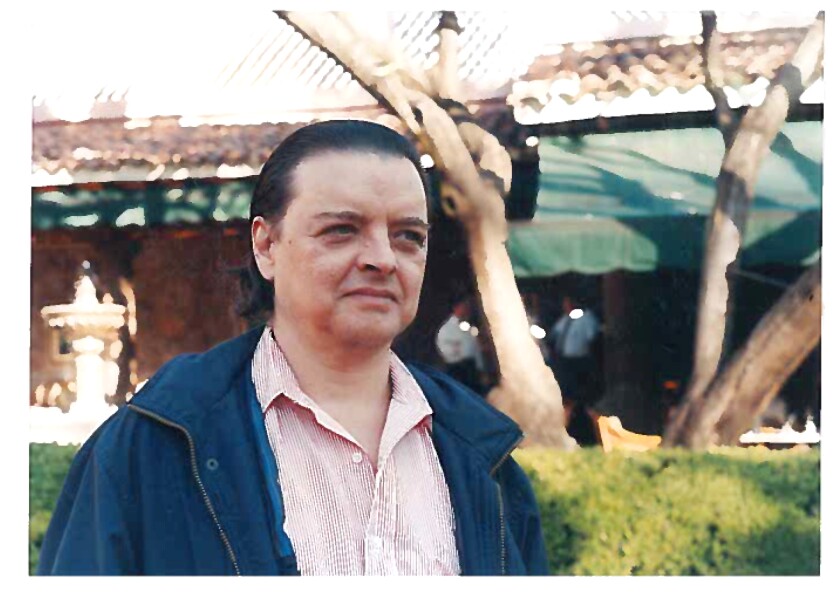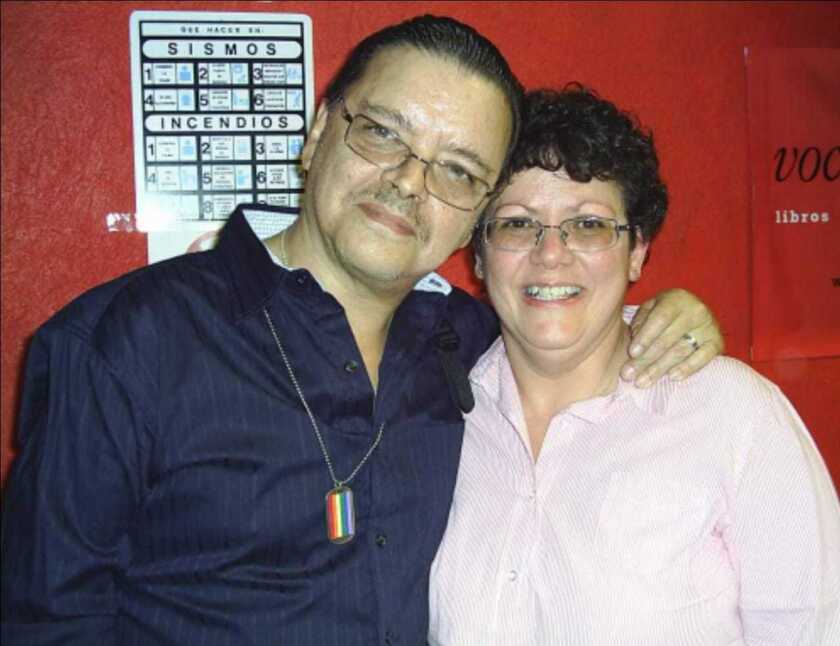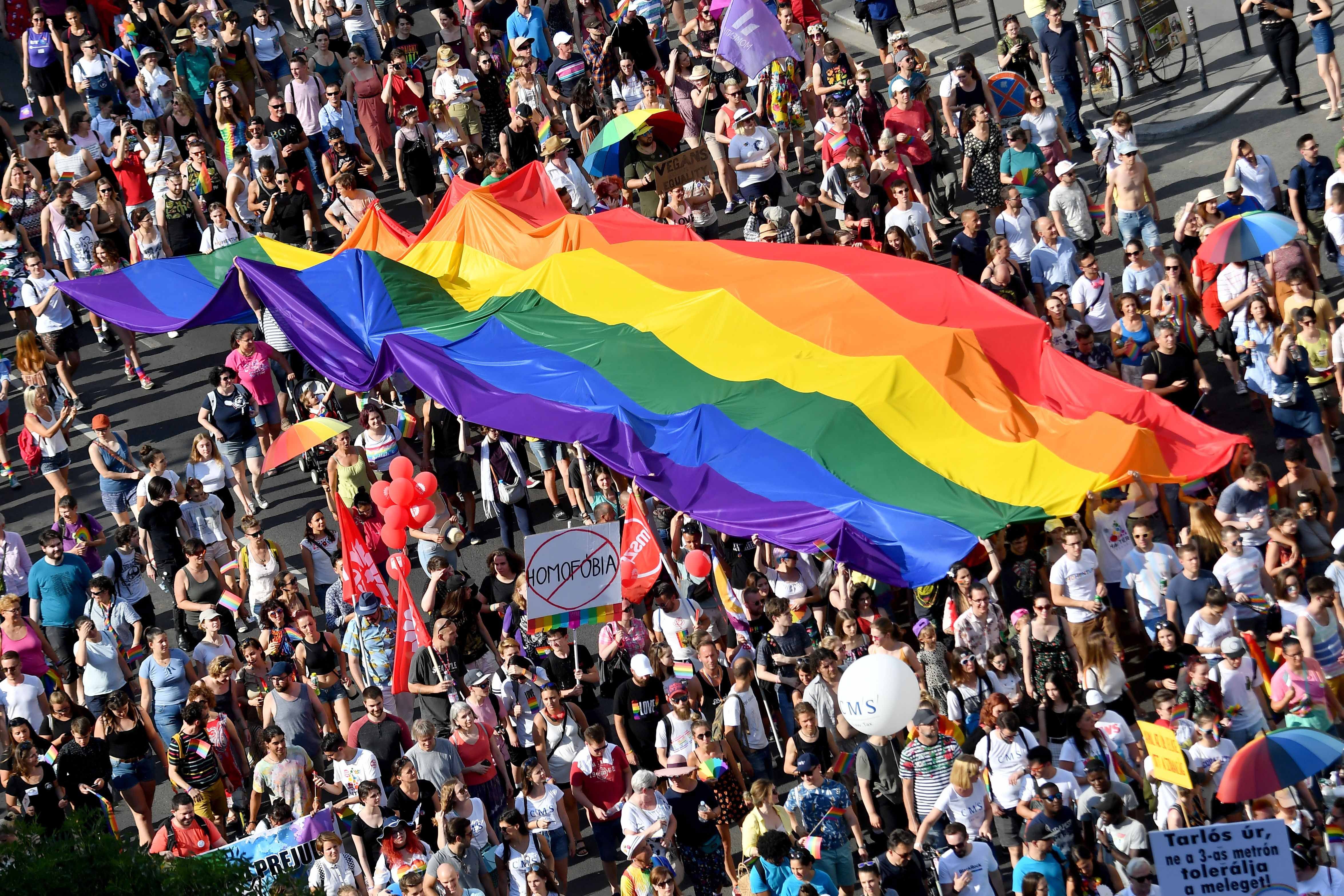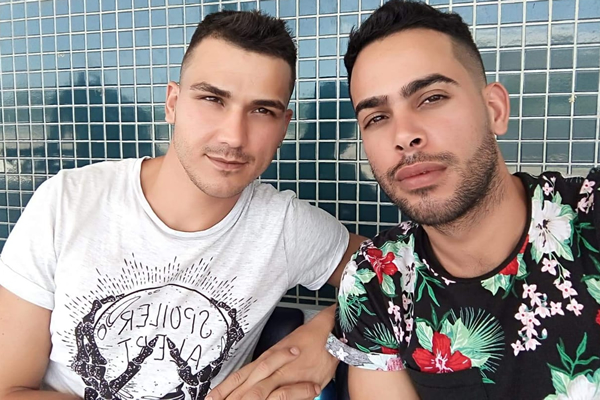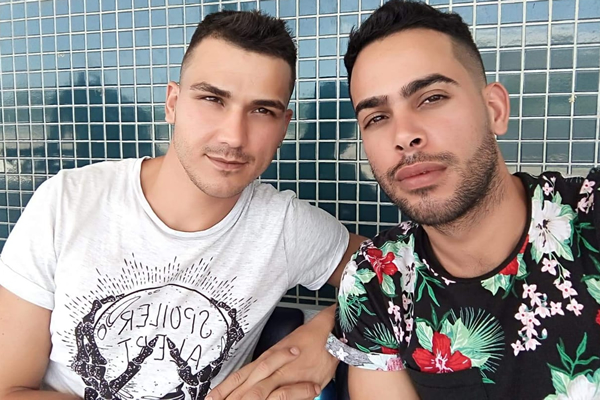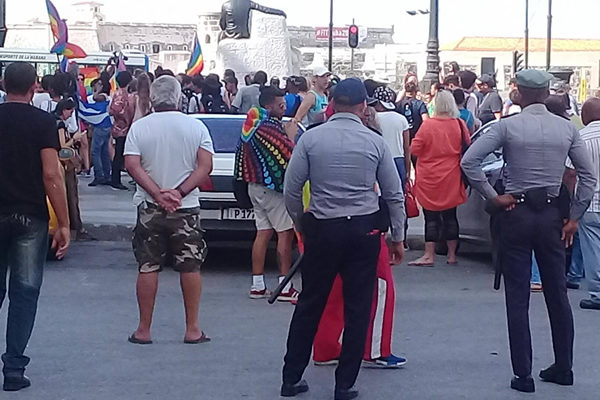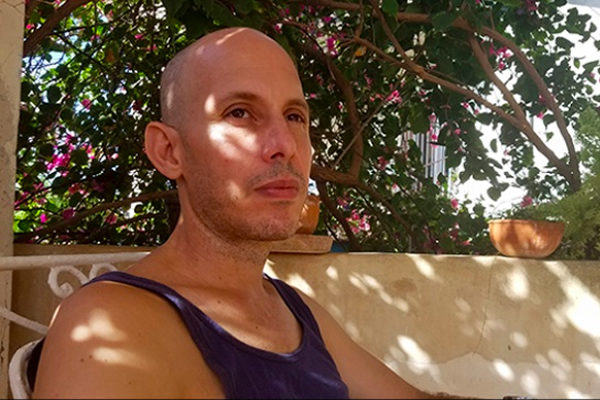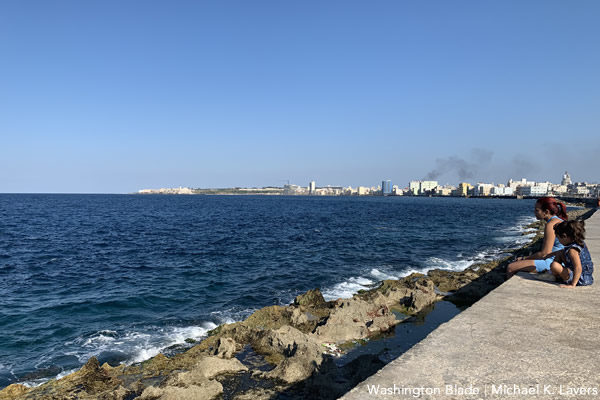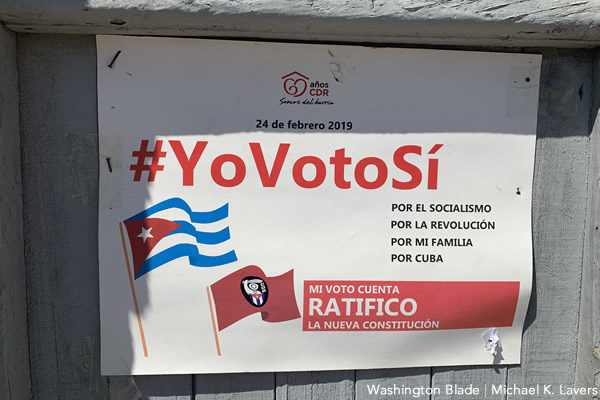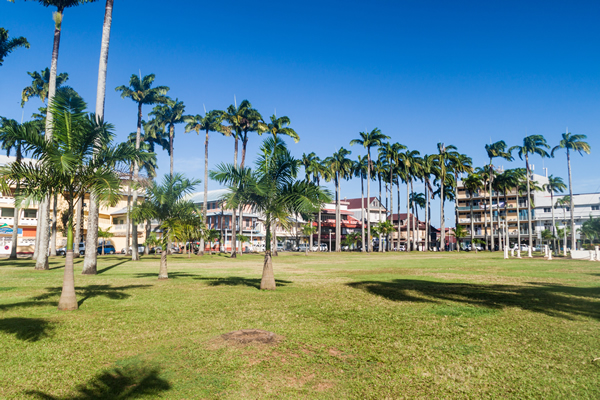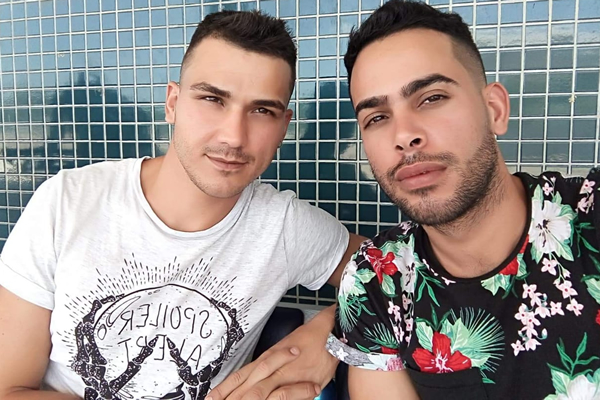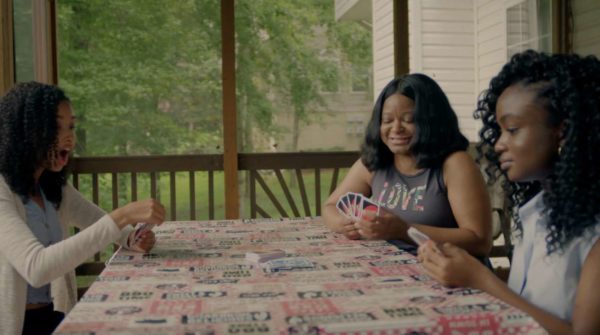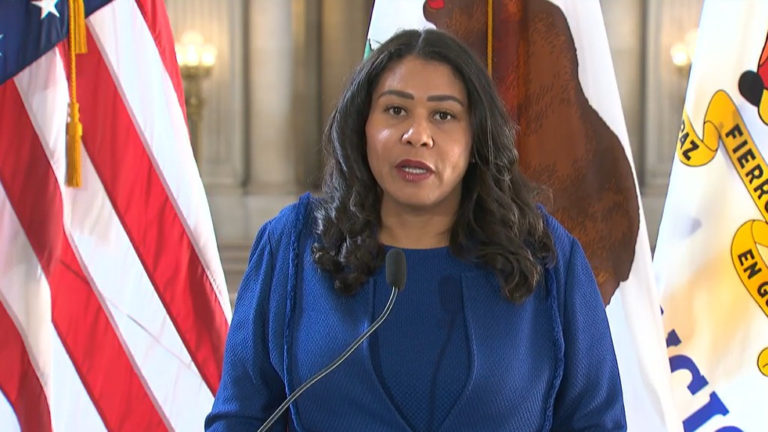
Contrary to popular belief, you don’t need all sorts of doodads and doohickeys (read: weights and plates) to get in a sweat sesh.
You do, however, need is a lil bit of space, a whole lot of self-motivation, and some exercise inspiration. (A bangin’ workout playlist never hurts either.)
Below, you’ll find the seven best exercises you can do at home even if — heck, especially if — you’re an exercise newbie.
Don’t roll your eyes!
The wall push-up is an effective variation on the military-esque traditional push-up — which is an advanced movement, according to Alena Luciani, strength and conditioning specialist and founder of Training2xl.
Similar in execution to the standard push-up, the wall push-up involves shifting your hands from the floor to — you guessed it! — the wall. “By elevating your hand, you decrease the amount of gravity pressing down against you, which makes the movement easier,” says Luciani.
How to do it
- Stand an arm’s length away from the wall.
- Lean forward, planting both palms on the wall so they’re shoulder-width apart.
- “Think about spreading the wall with your fingers to activate your triceps and lats properly position your elbows,” says Luciani.
- Simultaneously squeeze your midline, quads, and glutes.
- Shoot elbows straight behind you as you lower until your forehead kisses the wall.
- Press away.
Known as the Superman before the ~gender revolution~, the superhuman is a super-duper pulling exercise.
“It’s i-n-c-r-e-d-i-b-l-y important to do some pulling exercises in your workout routine,” says Luciani.
Most of our day-to-day to-dos, like camping out on the computer and lounging on the lounger, neglect our pulling muscles (back, forearms, traps), which increases the risk of muscle imbalances and, eventually, injury.
How to do it
- Lie facedown with arms stretched wide overhead.
- Lift arms, legs, upper back, and head off the floor. (Your body should resemble a fat U.)
- Hold this position.
For more of a challenge, try adding some motion with your arms. “Keeping your chest lifted, shoot your elbows straight back and squeeze your lats together to form a W with your arms and head” says Luciani. Hold here for 2 seconds before extending your arms. Then repeat.
Want to work your pulling muscles but not feeling so ~heroic~ today? Grab a kitchen towel!
The half-kneeling towel row works similar muscles to the superhuman: back, traps, forearms. It’s also great for engaging your core.
How to do it
- Get into a half-kneeling position. (You know, the one featured in all the proposal pics currently spamming your social feeds.)
- Hold the towel tight between your hands, with arms extended shoulder-width apart.
- Brace your midline by drawing your rib cage down toward the floor while sucking your belly button back toward your spine.
- With straight arms, bring the towel over your right shoulder. (Imagine holding the end of a long oar.)
- Pull the towel down at a 45-degree angle toward your left hip (as if you’re plunging the oar into the water).
- Return your hands overhead and repeat the movement for 45 seconds, then repeat on the opposite side.
If you have a resistance band and want to make the movement harder, replace the towel with the band.
“The added resistance will make the movement harder, so you may want to do 10 reps instead of for time,” says Philadelphia-based trainer Mike Watkins, founder of Festive Fitness, which offers QTPOC- and LGBT+-inclusive personal training and group fitness classes.
You know this one. This tried-and-true strength-building move is sure to get your heart rate up in no time.
Watkins recommends the reverse lunge for beginners instead of the forward lunge because, while still effective at building unilateral glute, quad, hamstring, and calf strength, stepping backward requires less balance and stability than stepping forward.” In other words, it’s easier.
How to do it
- Stand and lock in your belly.
- Take a big enough step back.
- Bend both your front and your back knee to a 90-degree angle.
- Step feet back together.
- Repeat the movement on the other side.
- Continue alternating legs for 45 seconds. Do 4 sets, resting for 15 seconds after each set, Watkins recommends.
Mastered the reverse lunge? Congrats! Time to advance to the split squat, the reverse lunge’s feistier cousin.
Split squats work the same muscles as lunges (quads, glutes, calves, core, hamstrings). But because split squats require getting into a lunge position and moving within that position (unlike reverse lunges, which involve dynamically moving into and out of the position), they work the muscles to a greater range of motion, according to Luciani.
There are a few variations of the split squat, but Luciani recommends starting with the equipment-free bodyweight version.
How to do it
- Stand with feet under hips.
- Take a big step back and descend until front and back knees are both bent at a 90-degree angle.
- Keeping your feet where they are, straighten both legs.
- Repeat this movement for 12–16 reps.
- Switch lead legs and do the same thing on the other side.
If that feels easy-peasy, head over to a chair you don’t mind putting your tootsie-toes on. Repeat the steps above, but this time, reach your foot back so the laces of your shoe rest on the seat of the chair.
“Elevating your back leg is a less stable position, which means your core has to work extra hard to keep you upright,” says Luciani.
The only exercise that might (might!) beat out the dead bug as most poorly named movement is the snatch. But while its moniker is morbid, the dead bug movement itself does some serious #werk on your midsection.
“The dead bug is one of the most effective bodyweight exercises for strengthening the core and pelvic floor muscle,” says Watkins. “Because strengthening your core is one of the best ways to reduce lower back pain, the dead bug is an especially great option for anyone dealing with lower back pain.”
How to do it
- Lie faceup with knees bent in the air at a 90-degree angle and arms straight overhead so they’re perpendicular to the floor.
- Draw belly button down to engage core.
- “Keeping your core tight, slowly bring one arm overhead while straightening the opposite leg,” says Watkins.
- When your arm and leg are hovering 1–3 inches above the floor, pause for 2 seconds.
- Return to the starting position and repeat on the opposite side.
Quick: Picture a banana on a table. Got it? Great — you’ve basically got the gist of the hollow hold.
But don’t let the fruit reference fool you. This movement gets spicy QUICK. It’s super good for strengthening your midsection.
“Because you’re holding your muscles in a contracted position, there’s greater time under tension, which leads to greater muscle gains,” says Luciani.
How to do it
- Lie faceup with legs extended and arms straight overhead.
- Press your lower back into the floor and raise arms and legs 6–12 inches off the floor.
- Chillax there for 30 seconds.
- Take a 15-second break before holding for another 30 seconds.
- Do 4 sets.
This advice is good for folks of all fitness levels: Your body isn’t a machine — it needs downtime to repair and recover. If you’re just getting into the swing of things, you may need a whole rest day between workouts. And any time you’re sweating, remember to replenish your hydration with water and electrolytes.

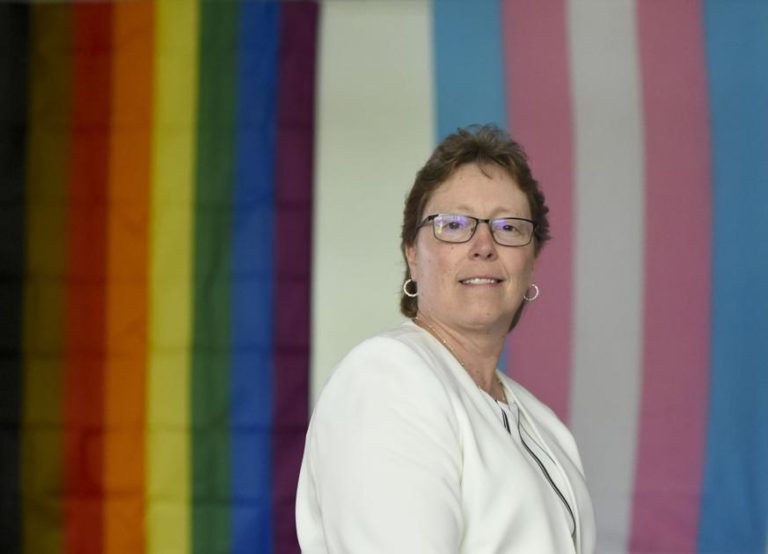

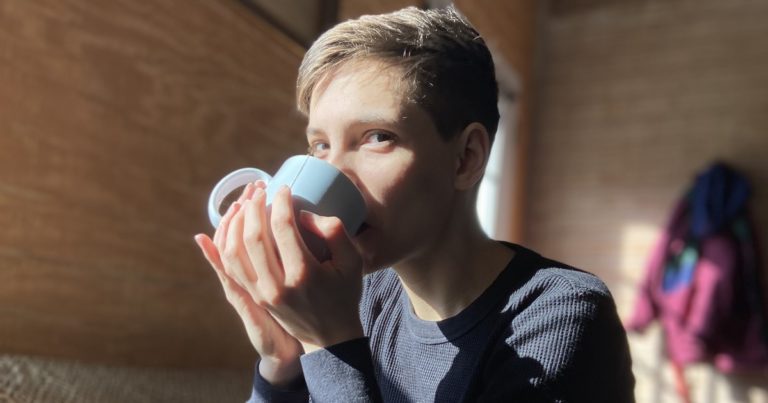
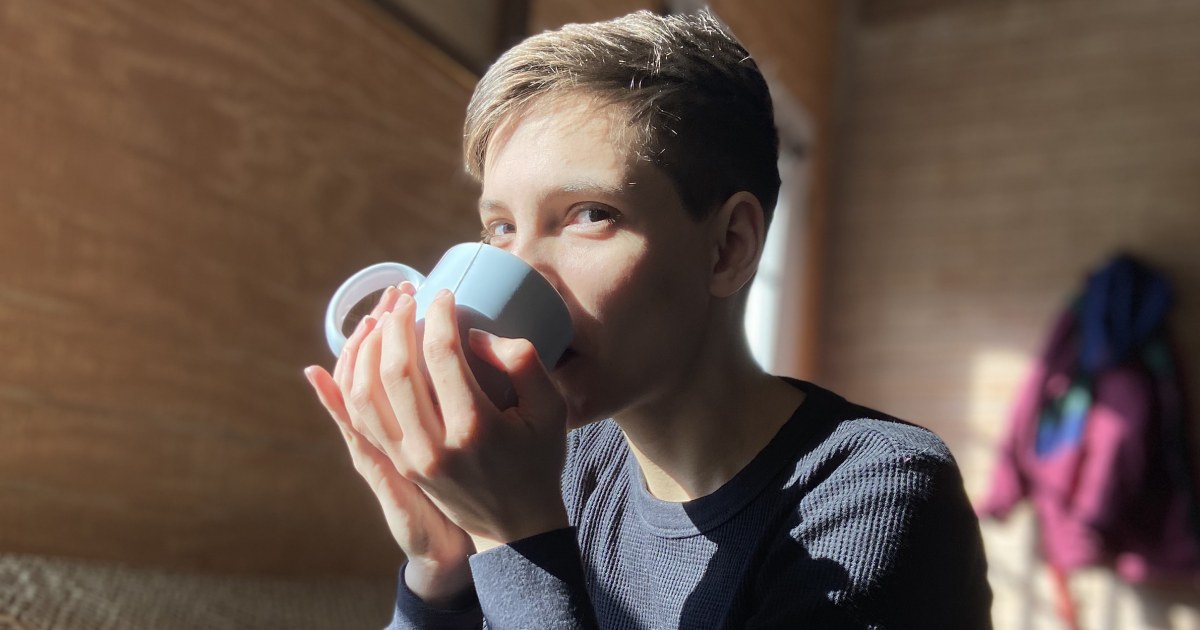


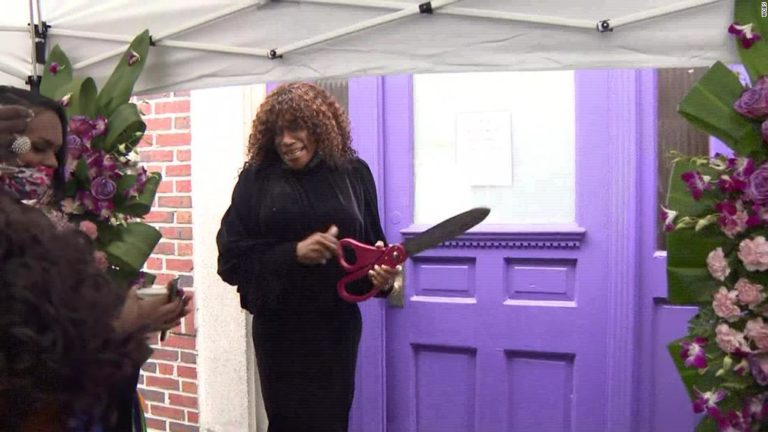



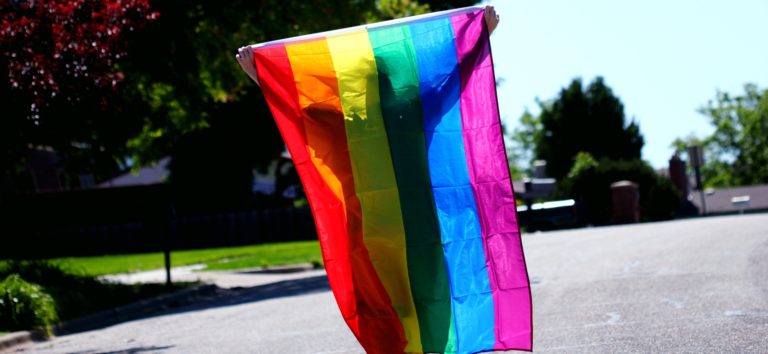
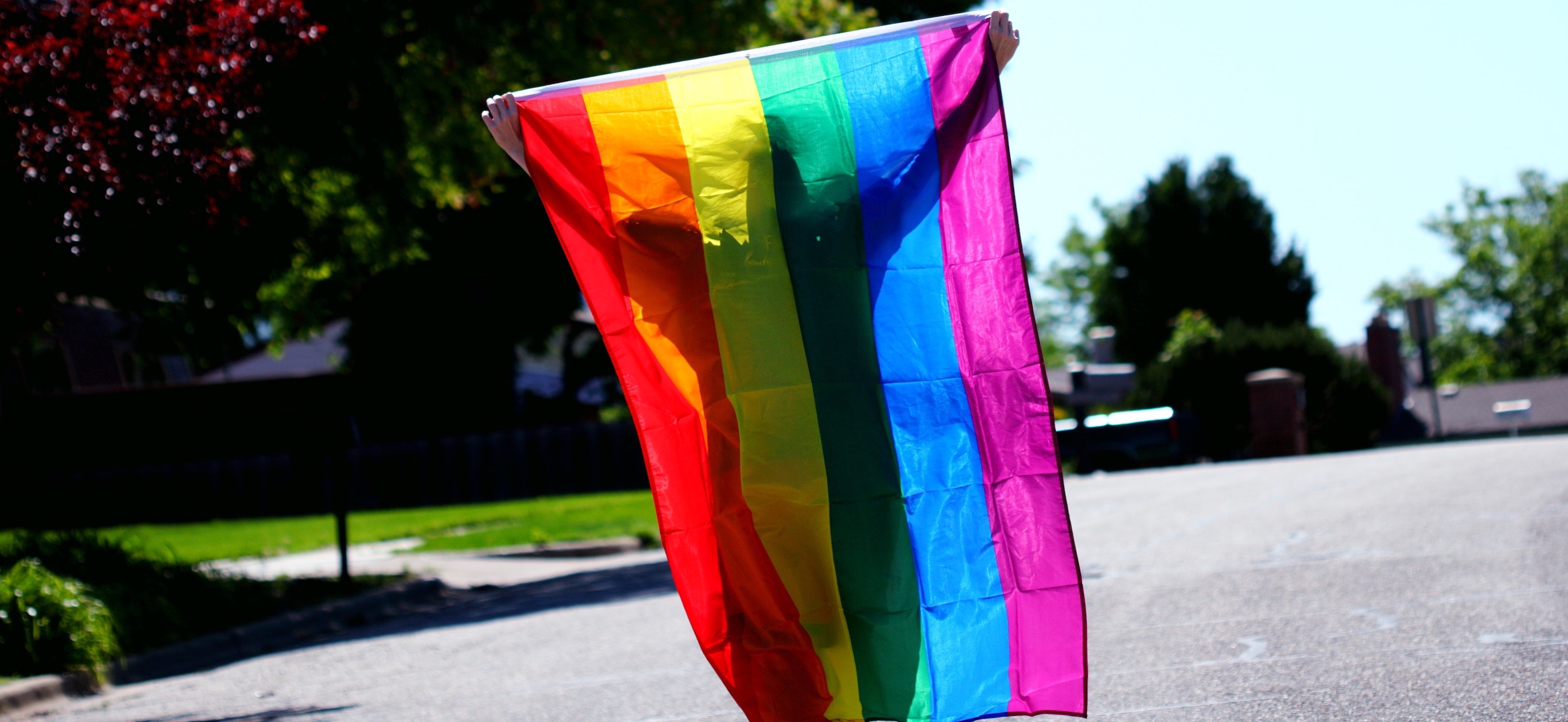
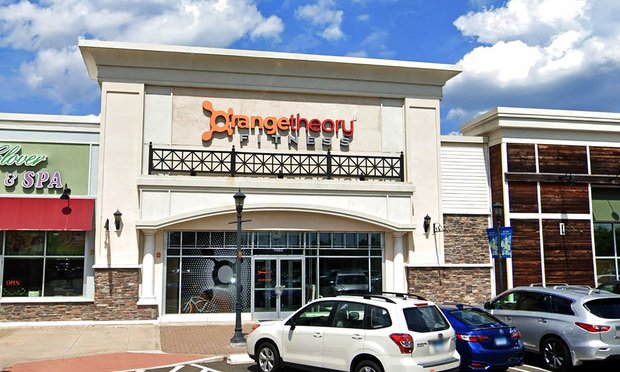
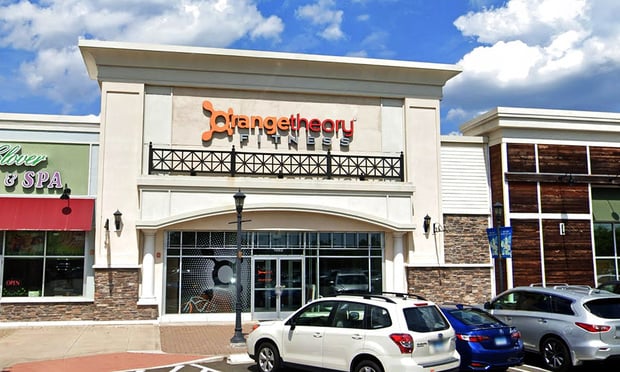 Orangetheory Fitness in Milford. Photo: Google
Orangetheory Fitness in Milford. Photo: Google